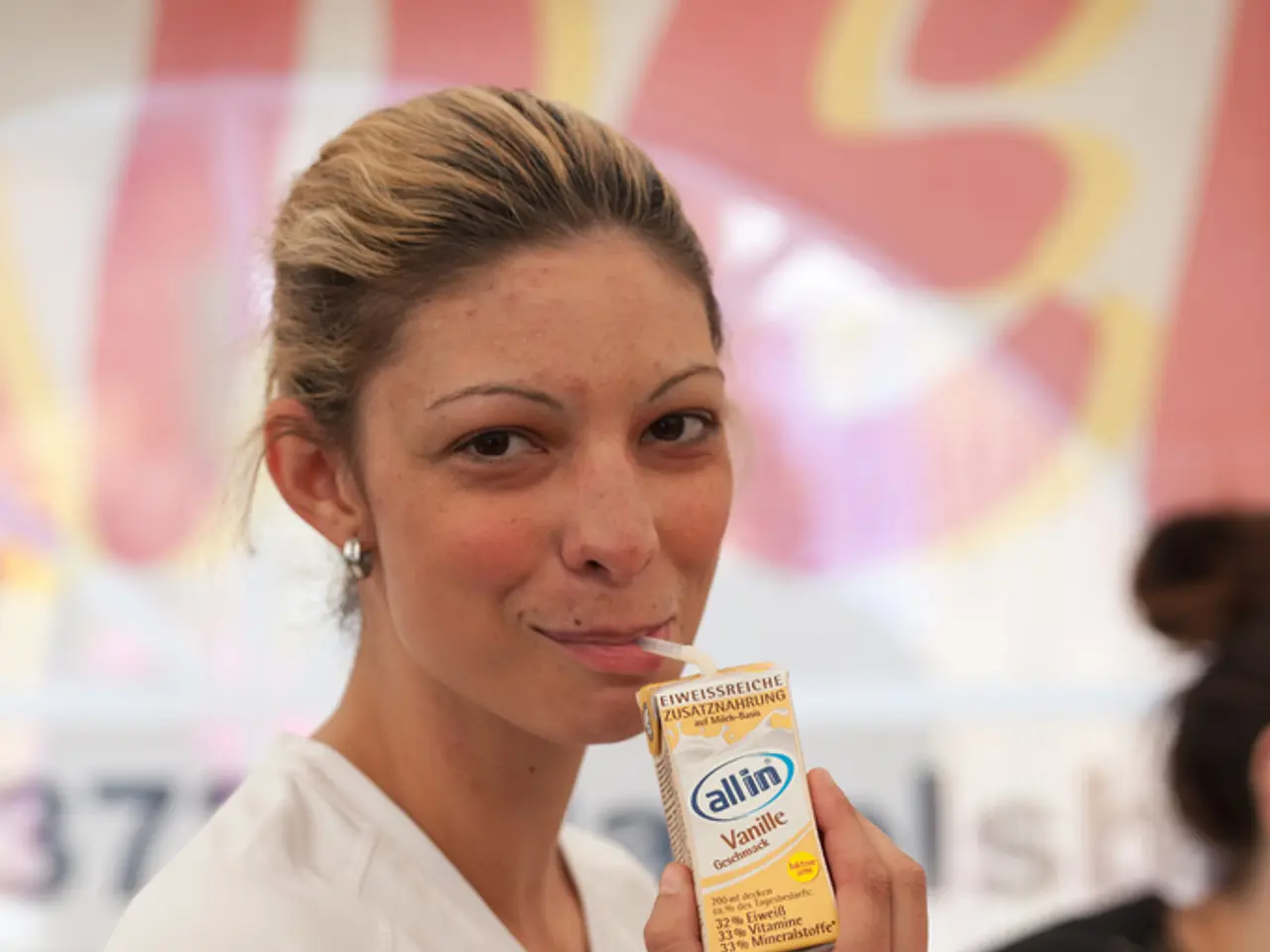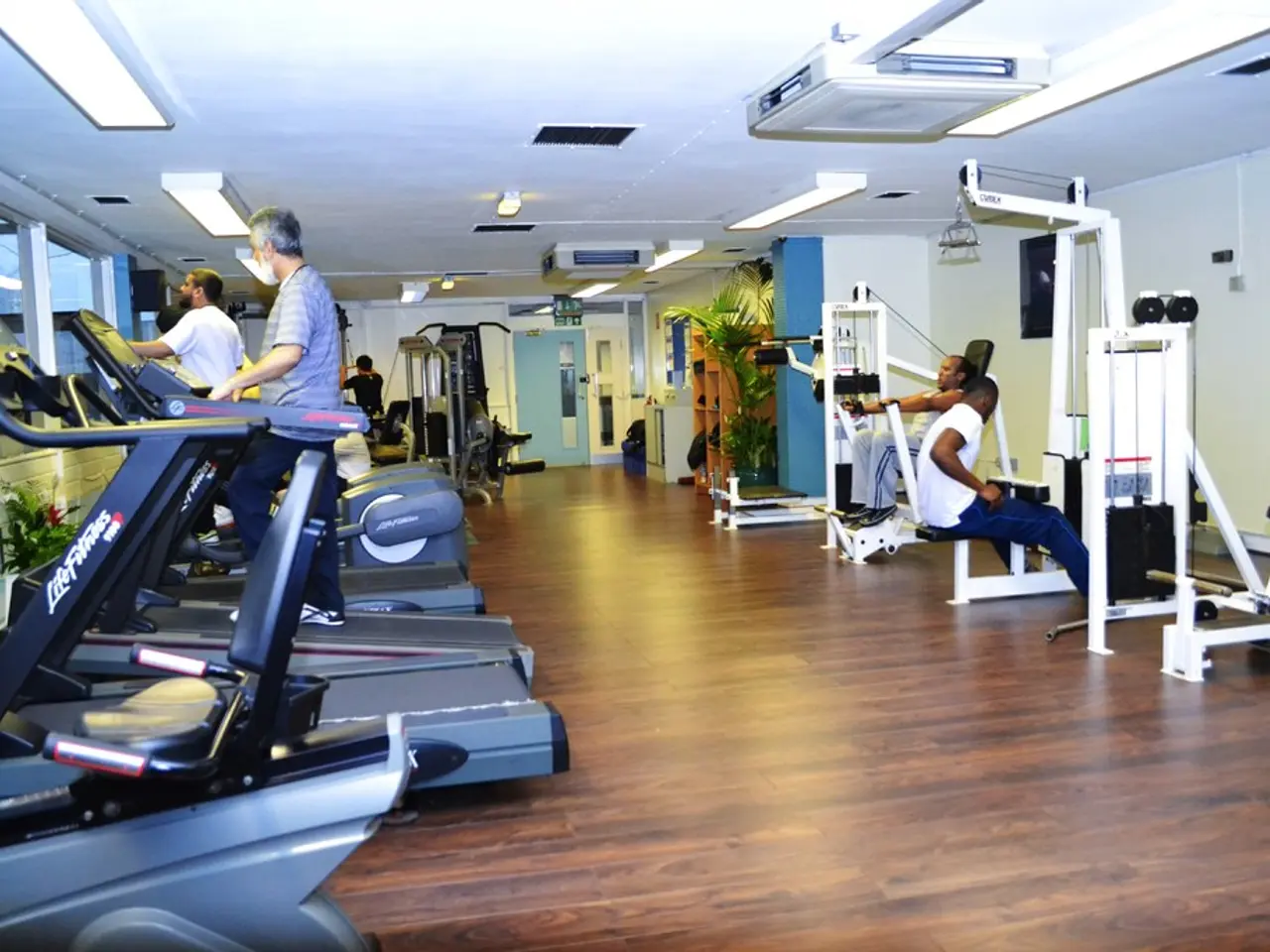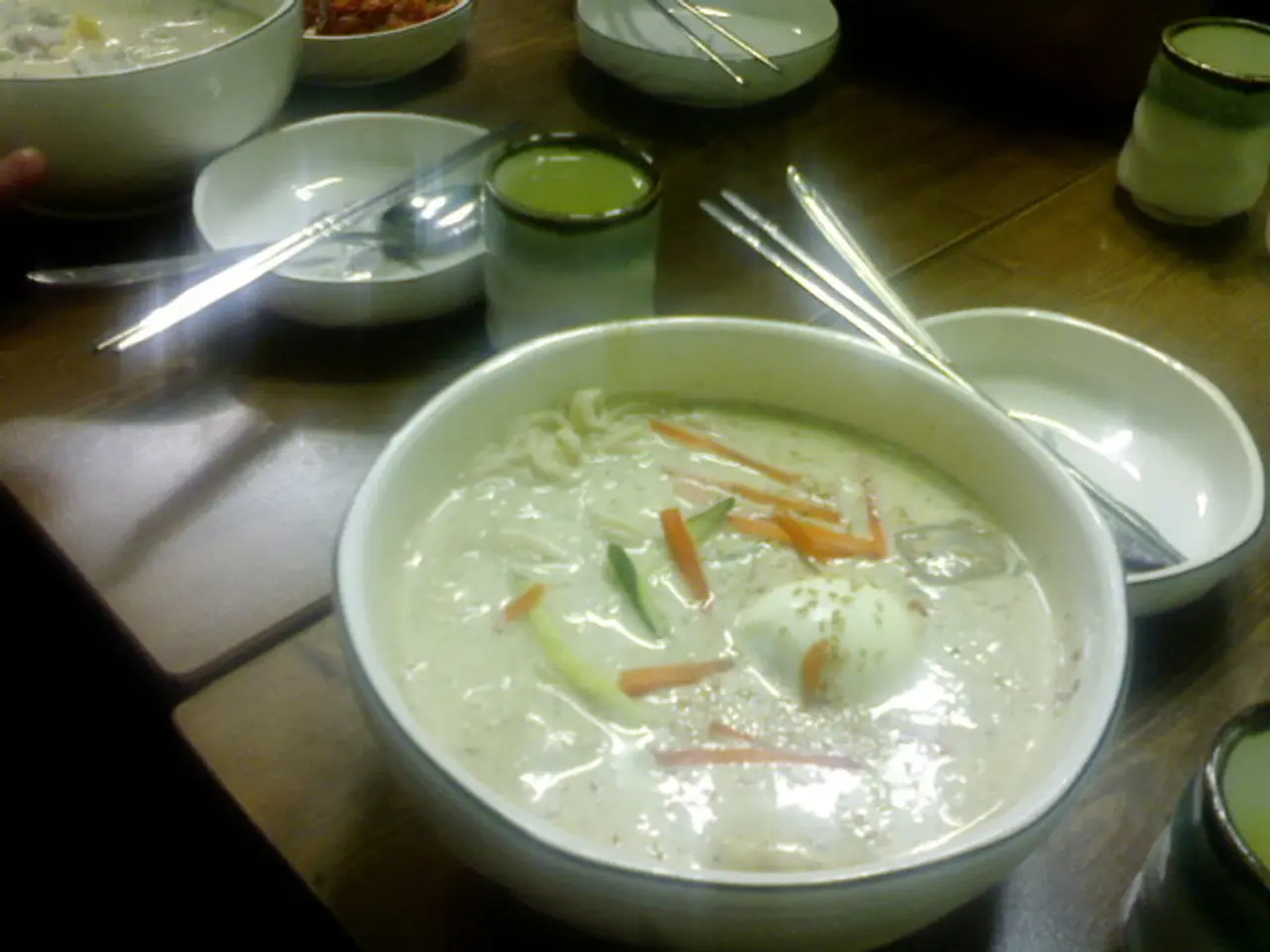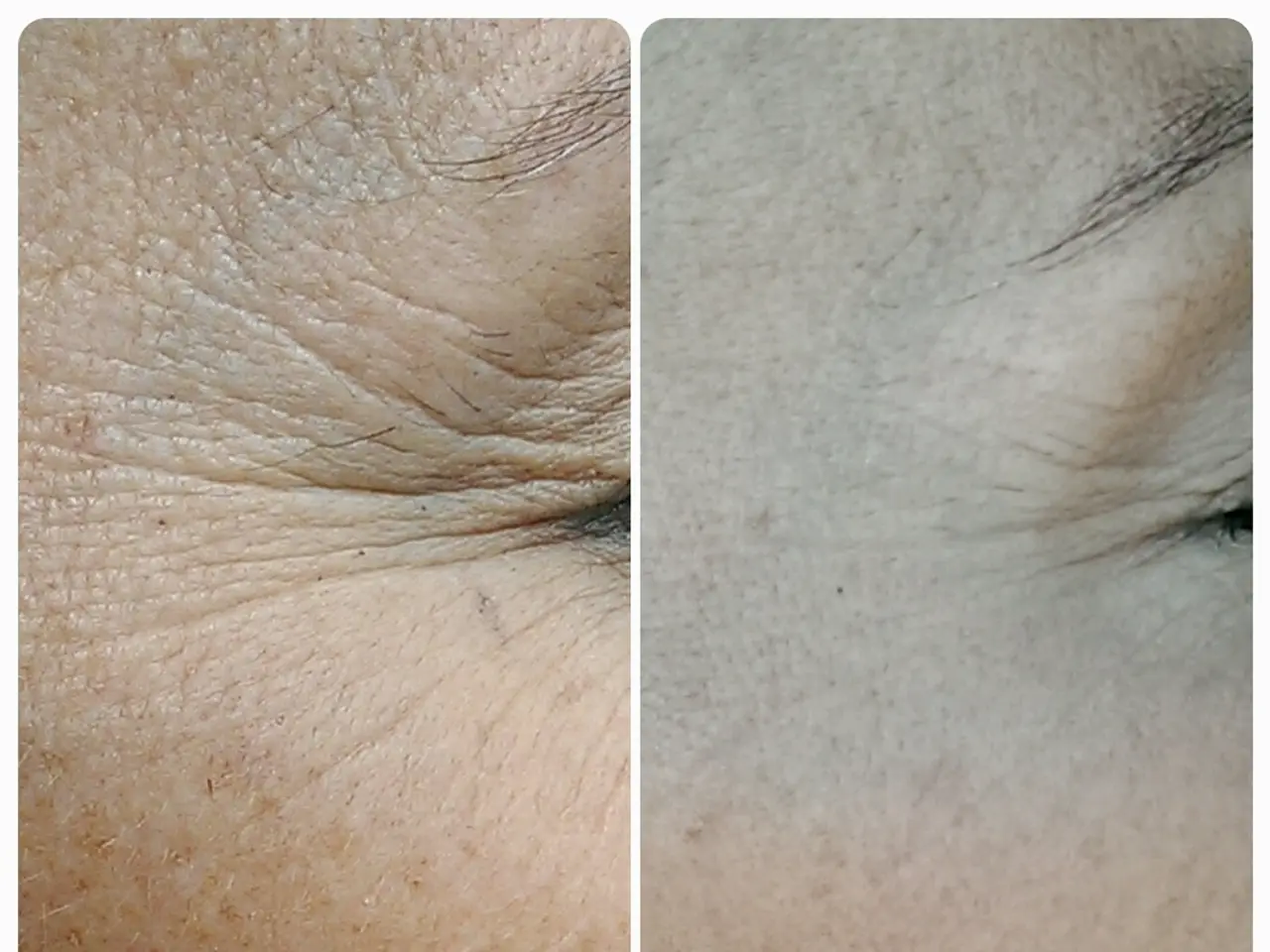Breast Duct Inflammation: Identifying Symptoms, Understanding Causes, Exploring Treatment Options, and Discovering Home Remedies
Mammary Duct Ectasia, a benign condition primarily affecting perimenopausal and postmenopausal women, has recently gained attention due to its potential impact on health. This condition, which is less common but can occur in men, involves the dilation and inflammation of the milk ducts beneath the nipple, leading to blockage and various symptoms.
### Causes and Risk Factors
The primary causes of Mammary Duct Ectasia include lipid and cellular debris or secretory stasis, leading to obstruction and subsequent dilation of the lactiferous ducts. Periductal inflammation and fibrosis also contribute to duct narrowing and nipple changes. Risk factors include aging, hormonal changes in menopause, and smoking, which can damage duct walls and predispose to inflammation or infection.
### Symptoms
Common symptoms of Mammary Duct Ectasia include spontaneous nipple discharge that is often greenish, yellow, brown, or black, breast tenderness, swelling, or a palpable subareolar mass, nipple changes such as retraction or inversion, and overlying skin redness or inflammation.
### Treatment
Mild cases of Mammary Duct Ectasia can be managed conservatively with warm compresses and simple analgesics to relieve discomfort. In more severe cases, antibiotics may be required if there is an infection, especially if there is no improvement in 24–48 hours. If an abscess develops, needle aspiration or surgical drainage may be necessary. Surgery is reserved for persistent symptoms, recurrent infections, or when malignancy cannot be excluded.
### Prevention and Management
Quitting smoking and losing excess weight can help improve treatment outcomes and reduce the risk of recurrence. Mild to moderate symptoms may not require treatment, and home remedies such as warm compresses, a supportive bra, breast pads, sleeping on the opposite side, and treating mastitis with ice packs and rest can provide relief. It is essential to see a doctor if symptoms do not improve with home treatments or if they are persistent, severe, or worrisome.
In conclusion, Mammary Duct Ectasia is a manageable condition that can be differentiated from breast infection or malignancy through clinical assessment and imaging when needed. This condition is generally benign, and with appropriate supportive care and treatment of complications, it can be effectively managed. Rare cases in men follow a similar pathophysiology related to hormonal changes or gynecomastia.
- Aging and hormonal changes during menopause, similar to those experienced in women's health, can also increase the risk of developing Mammary Duct Ectasia in men due to the influence on duct walls and predisposition to inflammation or infection.
- Home remedies such as maintaining good health-and-wellness practices, including quitting smoking, losing excess weight, and using home treatments like warm compresses and a supportive bra, can help alleviate symptoms of Mammary Duct Ectasia in women and reduce the risk of recurrence.




